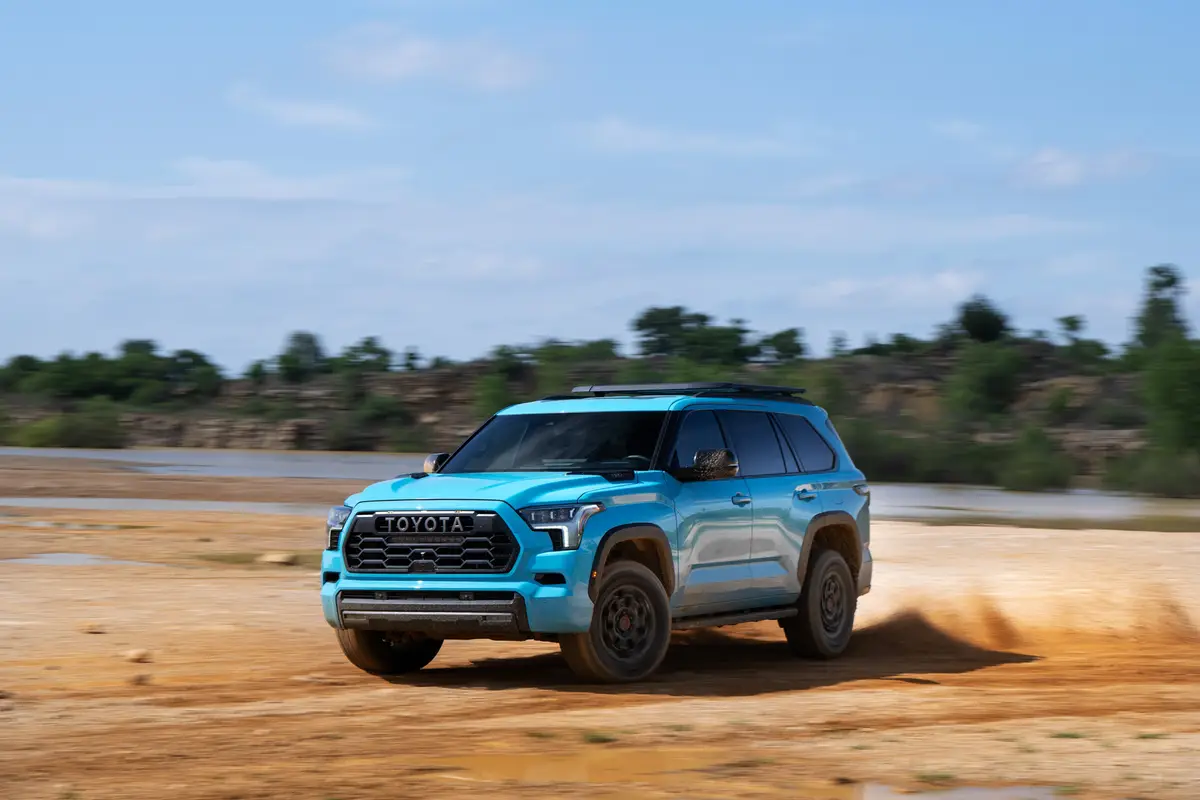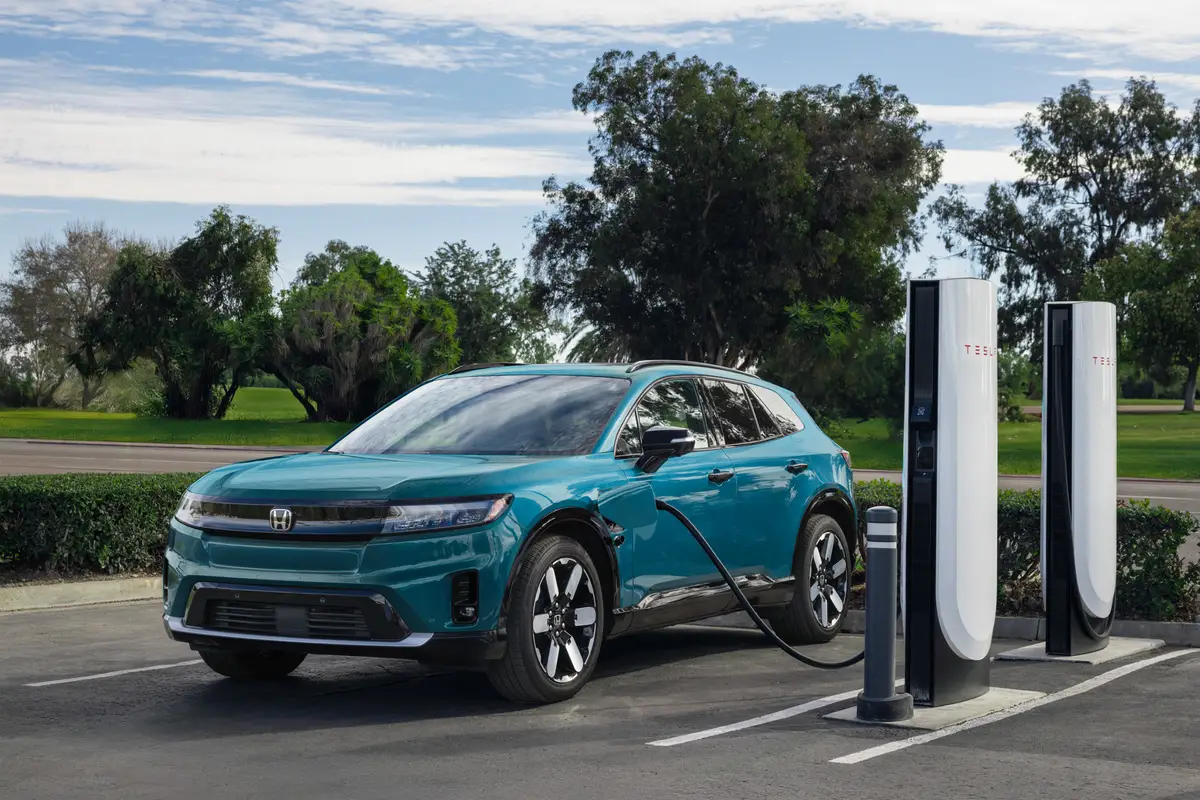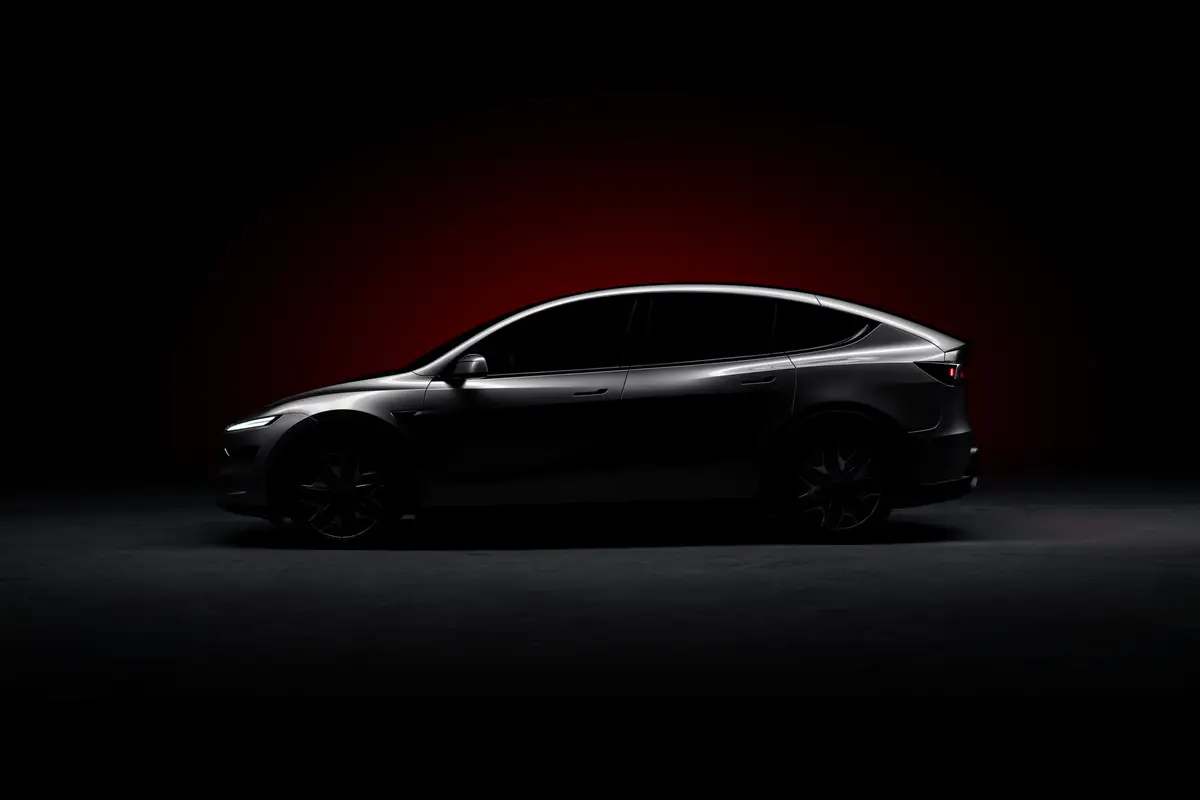The Morning Call and Mcall.com's view
Back in the ’60s and early ’70s Dodge Division was noted for some of the meanest factory performance cars in the world. Super Bees, Chargers, Daytonas, Challengers, Demons, Swingers, RTs, and TAs powered by 340, 360, 383, 440 and 426 hemi V-8s roamed the land and ate up practically everything in sight – including some of the world’s most expensive and exotic sports cars.
These super performance Dodge machines, unfortunately, also ate up gasoline with the same voracious appetites as they did other cars. This wasn’t really a big problem when high test was 35 cents a gallon but in the aftermath of the oil embargo of 1973, when prices rose faster than it took a Six-Pack 440 Challenger to reach zero-to-60, the game was no longer afoot, it was up. And even if you were willing to pay for the gasoline, life was not that simple. The government also was laying down some heavy rules on emission standards and fuel economy.
So there was a long (and some say black) period of time when new Dodge factory performance cars virtually disappeared. The imports could now outperform the Dodges – but only, keep in mind, by default. Dodge performance also was held back by the precarious financial position of Chrysler. But once Lee Iacocca got things straightened out, Dodge engineers again took a serious look at performance.
The new Dodge performance cars are light years away from the old. They have front-wheel drive, are smaller and more fuel efficient. Also, performance is no longer derived from big bore V-8s but from four-cylinder turbocharged engines. At a quick glance this may appear as if Dodge copied the import performance car. Not so. Dodge had performance cars before some of the competition even existed. Only thing now, though, it looks like Dodge is going to try to beat them at their own game.
The newest performance car from Dodge – the Turbo Lancer – crosses over the line from pure performance to a more rounded out sports sedan type of vehicle. In other words, it can still move out but it can also handle. The test car – supplied by Rothrock Motor Sales, 15th Street and Route 22, South Whitehall Township – proved to be as good as the hype Dodge is putting out on it. In its full battle dress – turbocharged engine and top handling suspension package – the Lancer may be too close to the edge to suit a good many drivers. But, not to worry, it is also available in milder versions. So, pay your money and take your choice.
The Lancer’s styling is quite attractive in a contemporary fashion but it is also somewhat deceiving. At a quick glance – and even some lingering ones – it looks like a sporty-looking sedan with a short-coupled trunk. But the Lancer is actually a liftback. You soon find this out when you lift the trunk deck and the rear window goes up with it. Basic dimensions include a wheelbase of 103.1 inches; overall length of 180.4 inches; width of 68.3 inches; height o f 53 inches and curb weight of 2,600 pounds. Again here is some more deception. The Lancer looks like a compact but with an EPA volume index of 114 cubic feet – 96 passenger compartment, 18 cargo space – it is really a mid- size car (110-120 cubic feet). It is always a neat trick when you can make a car larger than it looks.
With this in mind, it is not surprising that interior room is quite good. The two front seats can accommodate two big men. These seats, in keeping with the overall sports sedan motif, have high side bolsters to keep you in place during heavy-duty cornering. The seats also keep you in place when you want to simply get out of the car. You have to lift yourself up and over. The back seat is roomy and could hold three adults even with the front seats extended fully back. If the rear seat is folded, cargo space is increased to 42 cubic feet. A standard feature this year is child-safety locks on the rear doors. The locks are activated by a sele tor switch on the shut fact of the door near the latch. When the locks are activated they cannot be opened from the inside. This feature did throw me off a little until I learned how it worked. Once again, when everything else fails, read the owner’s manual.
The test car had a three-speed automatic transmission so, obviously, anyone could drive it. How far you can go with it, though, depends on your level of skill as a driver. The test car stuck to the road like caraway seeds between the teeth. Just lay down that throttle and wheel away. As mentioned, the test car did have the top suspension but even the basic system is tightened up. In fact, the basic design – based on a semi-independent Iso- strut in front and trailing arm rear – is called a ”Road Touring” suspension. This should give you some idea of just how serious Dodge is about the Lancer.
There are also two other levels of suspension. We’ll skip the second and go right on the top, which is called the Sport Handling II package. This system includes higher control gas-pressured front struts and rear shocks, performance tuned spring rates, cast aluminum wheels, Goodyear GT P205/60 HR15 performance tires and fast (2 turns lock-to-lock) rack-and-pinion steering. In addition, Lancer turbo cars have equal length drive shafts, which enhances handling by, for one thing, eliminating torque steer. With all of this suspension, the test car did have a very firm ride. If you are accustomed to European sports sedans, it won’t bother you. But if you like that boulevard ride, you better check it out first.
The turbo engine is based on Chrysler Corp.’s 135 cubic inch (2.2 liter) four-cylinder power plant. It features multi-port fuel injection and is rated at 146 horsepower at 5,200 rpm and 168 foot pounds torque at 3,600 rpm. It shouldn’t take a lot of imagination to figure out that a 2,600 pound car with 146 horses will move out. But just how fast will it move out? Sorry, I have to take the Fifth on this one. The test car averaged 17 miles per gallon for city driving and 24 over the highway. The five-speed manual version should get a little better fuel mileage. But, regardless, 91 octane fuel is required.
Base price on the Lancer is $10,322. For this you get the standard power train – a nonturbo 2.2 liter engine and five-speed manual transmission – and a nice level of trim and appointments. Total price on the test car, including a destination charge of $414, came to $14,301. The big option was the ”Popular Equipment Discount Package,” listed at $2,378, but including a $550 discount. It included the turbo engine, automatic transmission, air conditioning, cruise control and cast aluminum wheels. The other big item was the ”Luxury Equipment Discount Package,” costing $960, but also including a $300 discount. It included illuminated visor mirror; power windows, locks, left seat and outside mirrors, and tilt steering. Other o ptions were: Roadwheel/ Tire Suspension Package, $180; 15-inch cast aluminum wheels, $210, and Cold Weather Package, $192.
Latest news



